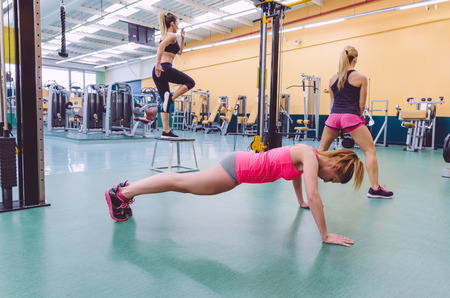Note that your final mark will not be saved in the system.
C2-C3 Training methods for components of physical and skill-related fitness GapFill
You must fill all the gaps before clicking ‘Check Answers!’

Different types of athlete (e.g. footballers, gymnasts and hockey players) must carefully consider the type of training they adhere to, in order to improve specific components of fitness and their performance. There are multiple training types that they can use for physical-related components of fitness.
training involves numerous exercise stations that can be adapted to the athlete's training needs or to target specific muscle groups. For example, an athlete working on could perform 20 body weight press-ups at one station, then move onto the next to perform 20 biceps curls with light weights. A performer looking to improve could spend 10 minutes on a treadmill, an exercise bike and a rowing machine, with minimal rest periods between each.
training involves working at a constant, moderate intensity for a sustained period of time (i.e. at least 30 minutes), without . Also known as steady-state training, it is a valuable training method for improving . Examples include long-distance running, swimming and cycling.
training involves exercise that varies the or terrain. An example of this may be walking, running and sprinting around a 400 m track. This is valuable for games players as it works both the aerobic and anaerobic energy systems.
training involves repeated work bouts, with rest and recovery periods in between. This allows a work-to-rest ratio to be calculated. The number of reps, of work bouts, and length of rest periods are all lower when using this training method for than it is when using it for .
training uses free weights and resistance machines to target and improve specific muscles or muscle groups. Each training session involves lifting weights for a specific number of rep (number of times the movement is performed) and sets (number of times reps are performed). This training type is useful for improving (by lifting low loads with high reps) and (by lifting high loads with low reps).